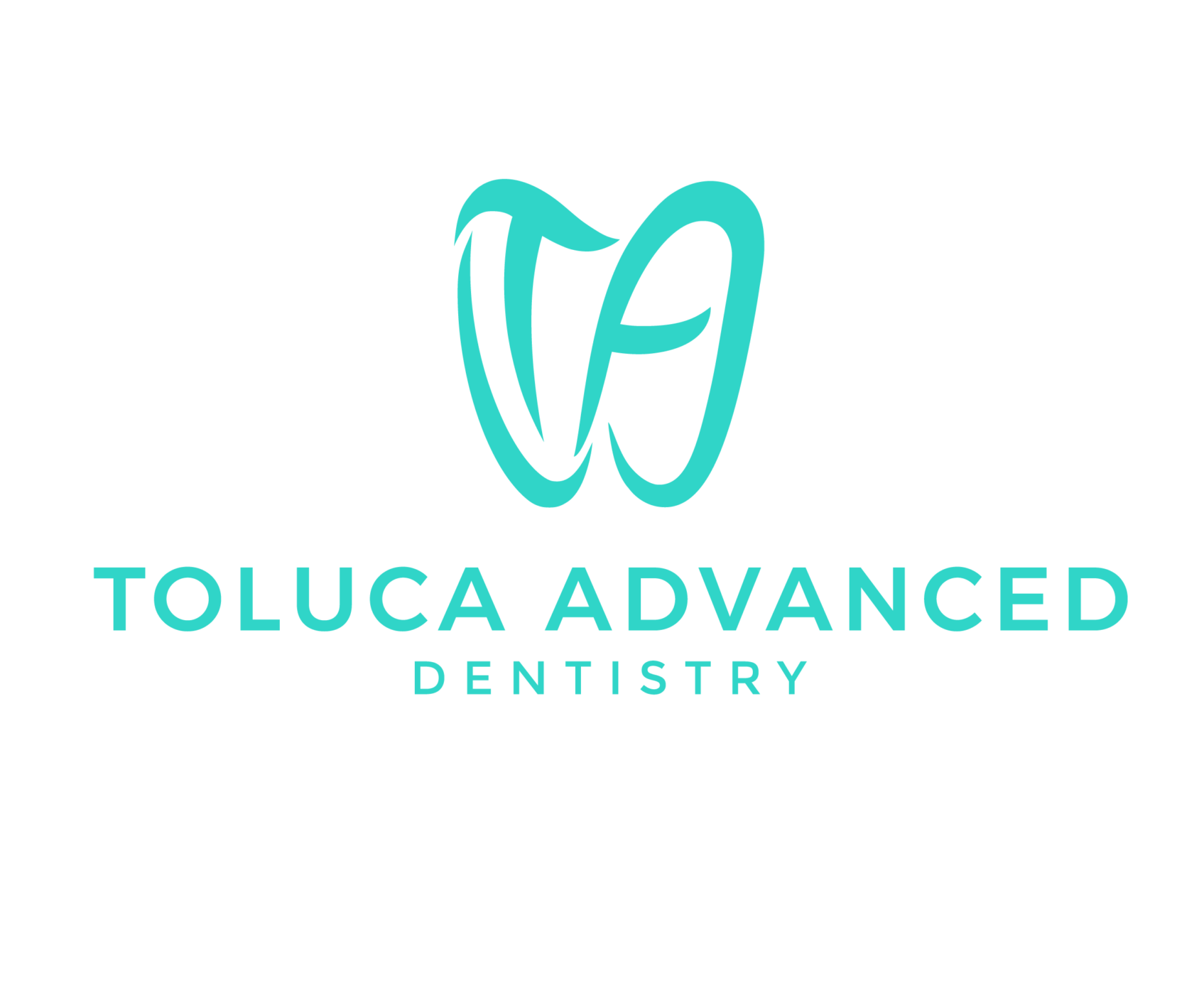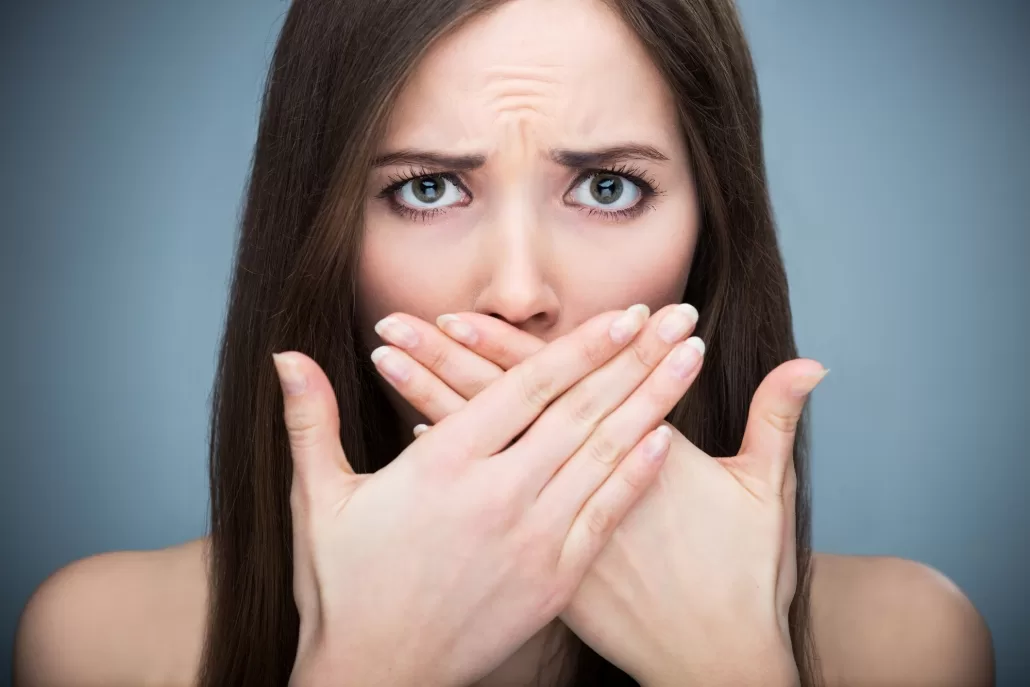Many people do not know when their teeth are rotten and when they change color. When does the cover need and when should it be repaired?
One of the most important causes of tooth discoloration is caries. Caries is a process in which the metabolism of microbes on some sugars produces acids that destroy minerals and then the organic tissue of tooth tissue, and the natural, hard tissue of the tooth becomes as soft and weak as possible. A slight pressure and the usual chewing will break the tooth and create a cavity in it.
This process often happens gradually and is time consuming.
Because pigments are always present in the oral environment (the activity of pigment microbes and eating pigments such as tea, soft drinks, fruits, etc.), their molecules penetrate this soft tissue and cause tooth discoloration. In rare cases, especially in childhood and adolescence, sometimes the rate of caries progresses to such an extent that there is not enough time for the pigments to settle and the color of the caries is no different from the teeth. Radiography is performed by a dentist.
The difference between caries and tooth discoloration
Not every discoloration in the tooth indicates the presence of caries, and various factors can cause discoloration of the teeth. Many of these factors that cause discoloration on the teeth will be removed by abrasion and surface cleaning. This discoloration is called “external discoloration.” Other factors that penetrate tooth tissue and are not removed by abrasion and surface cleaning are called “internal discoloration.”
Some of the factors that change the color of the exterior are:
Food and beverages like tea, coffee, cocoa and colored drinks that can change the diffuse colors of yellow, brown and even orange.
Foods with heavy color such as bold fruits such as cherries, chateau, pomegranate and high consumption of soy sauce.
Tobacco
Poor hygiene causes light brown to black discoloration, and the poorer the hygiene, the greater the deposition of pigments.
Due to the activity of pigment microbes and the deposition of pigments in food on dental plaque
After the external causes of tooth discoloration, we come to some factors of internal discoloration which are:
Fluoride: This element can be very useful if consumed enough during the formation of teeth, and increase the resistance of teeth to decay, but if the amount is consumed too much (such as areas where the fluoride of water is higher than allowed), It causes fluorosis in the teeth, which is seen in the form of gypsum white to brown discoloration.
Drugs such as tetracycline and its families: In childhood, it will cause orange to gray colors to change in permanent teeth.
Some genetic diseases
Age
Most discoloration does not require special treatment unless it poses an aesthetic problem for the patient, in which case the dentist will select the appropriate treatment by assessing the condition.


